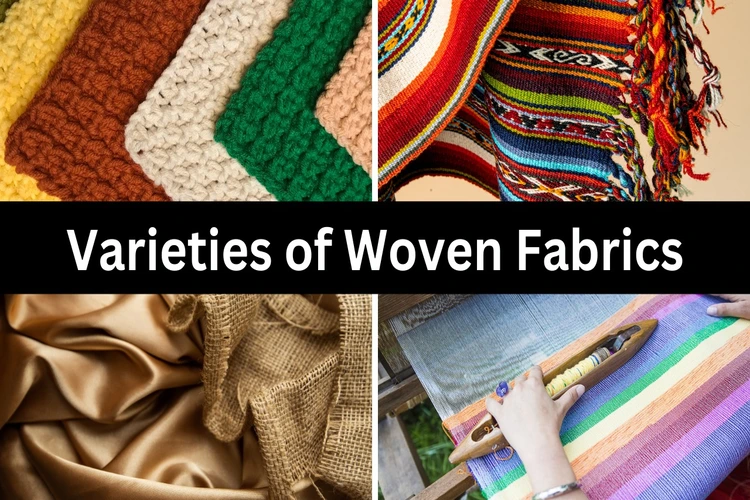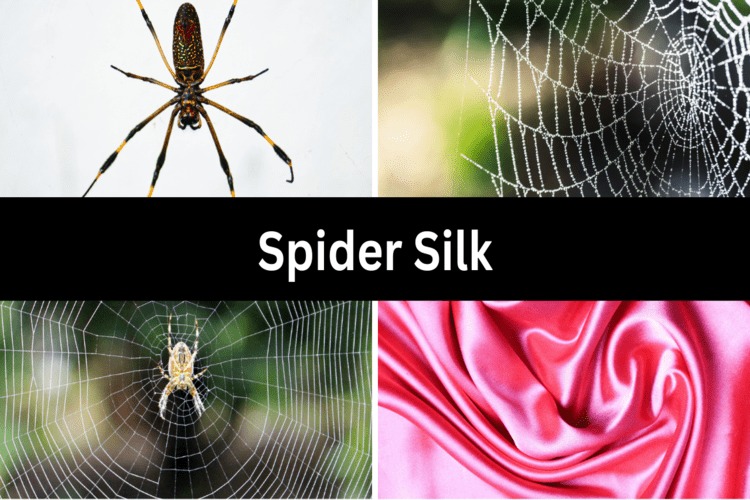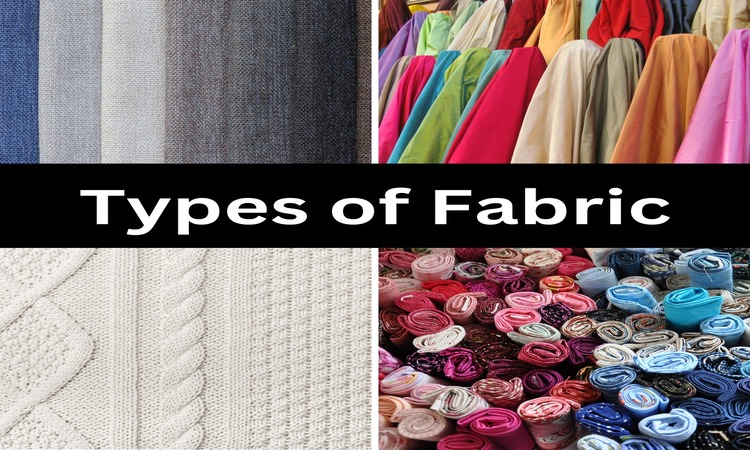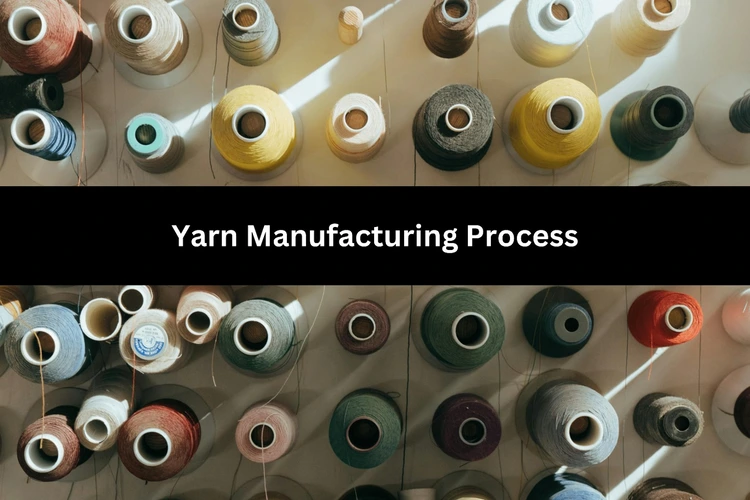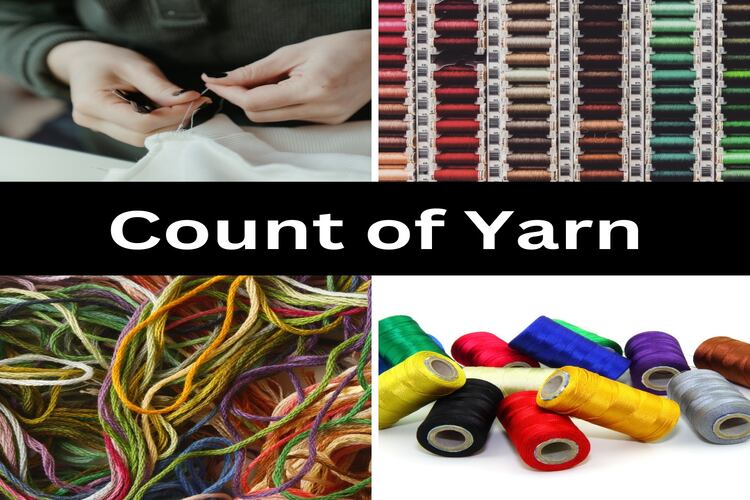What Is Woven Fabric? Woven fabrics are created through a process where two or more sets of yarn or threads interlace at right angles using a loom, which is a specialized machine. Essentially, any textile produced through weaving is referred to as woven fabric. Weaving is the most common technique[…]
Choosing the Right Underwear for Your Vacation
Streamlining your packing process can greatly improve your vacation. However, it’s easy to underestimate the significance of choosing the right underwear for your trip. Yet, having the correct assortment of underwear is vital for ensuring comfort and ease while traveling. Here’s a practical guide to help you select the ideal[…]
What is a Tech Pack and Why It’s Vital in the Apparel Industry?
What is a fashion tech pack? In the fashion industry, a fashion tech pack serves as a crucial document passed from brands or designers to factories. It offers detailed instructions on crafting clothing and other fashion pieces, serving as a blueprint for factories to ensure precise production. Fashion tech packs[…]
Spider Silk: Properties, Composition and Applications
History of Spider Silk Most of the silk came from silkworms, but some folks also used spider silk. Early Romans and Greeks wove spider silk into fabrics and nets and used it to treat injuries. Australian aborigines used spider silk for fishing lines and nets, sometimes crushing spiders onto the[…]
Different Types of Fabric in Textile Industry
What is fabric? Fabric is crafted from solutions, fibers, yarns, or textiles. Non-woven fabrics and felts stem directly from fiber webs, yet they possess restrictions in their utility. The most effective method of crafting textile fabrics for various intents involves the mechanical transformation of yarn into fabric. This process encompasses[…]
Yarn Manufacturing Process
Introduction Leaving out silk, most tech-related natural fibers are collected as staple fibers with distinct lengths. During the spinning or yarn manufacturing process, the fibers entwine to boost friction, creating a staple fiber yarn. Yarns are the foundation of fabric creation. Their thickness spans a wide range and is usually[…]
Count of Yarn: Explanation and Varieties
What does yarn count mean? Yarn count is a numeric representation that shows whether the yarn is delicate or rugged, showing its thickness. According to the Textile Institute, “Count is a number that signifies the mass per unit length or the length per unit mass of yarn.” It’s a numeric[…]

